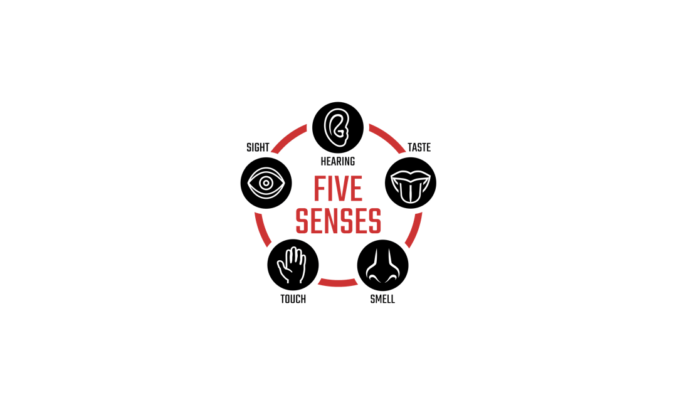The very first computing machines from the late 1800s were created to do simple number tabulation. Today, handheld and portable computers, tablets and cellphones go innumerable steps further. They facilitate communication as well as entertain. Going forward these devices are rapidly becoming replacements for human interaction—not just between humans but between one individual and the real world. In fact, information technology, computers and devices have and will continue to help us rely on, use, and sometimes even replace our five senses. Here is a quick overview:
Information Technology Working Together With Our 5 Senses
- Sight – We have come a long way from the visuals many will recall from the Pong Video Game. The concept of GUI (Graphical User Interface) advanced quickly because it facilitated users relying on sight, our dominant sense. As GUIs improved over time, it allowed 3-D and ultra 4KHD video graphics—all coming to devices in the near future. Virtual reality in sight makes the experience even more real and augmented reality (adding on to that visual) makes the sense of sight ever more heightened.
- Touch – The first computer keyboards might be the first machines to electronically transfer thoughts from human hands to digital space, and the mouse followed soon thereafter. Apple’s touch-screen advancements let your fingers do the walking; and in fact, move from touch as a direction pointer towards haptic perception which relies on touch to communicate—where you actually “feel” interaction. Fitbit and Apple Watch are pioneers of this rapidly advancing technology. The next technology wave will be touch simply as movement (choosing options with a wave of your hand in the air). Your device will react to the movement, understand it, and take the action you desire.
- Sound – By the late 1960s, technology advances enabled computing devices to understand basic spoken words. Dictation software grew, and speech-to-text was the next technology wave. Over the last five years, the age of the digital assistant (e.g., Alexa, Siri) has become common place. Now you can dial a phone with a voice command via Bluetooth or directly to the device even if the device is not in your hand.
- Smell – True multi-sensory computing is the new vanguard. Virtual and augmented reality applications will send signals to our brain to facilitate or trick or replicate our sense of smell. It is called digital scent. We will become more fully immersed as this technology improves. The future means that scent cartridges capable of creating thousands of smells will be included in devices where the sense of smell is important. In a few years as you watch on your tablet a beach scene from a movie, you will see the waves, feel the sand, hear the dialogue, and smell the salty air.
- Taste – This is where you are probably starting to get skeptical but come along for the ride. Many are skeptical, but the advent of 3-D printing technology means that computer-created food items is on the horizon. Never say never! Afterall, who would have thought just 10 short years ago that every friendly disagreement about who starred in a movie could be resolved immediately by verbally asking a small, handheld device?
Bonus 6th Sense — Style
We can thank Steve Jobs for how style has become important to computing devices and, in fact, can separate one brand from another. Today, an Apple Watch has become a fashion statement!
As we peer into the future, it’s evident that the focus of technology will be on increasingly advanced user interfaces—bringing all six senses into a fully immersed user experience.
IT Radix is excited for what the future holds. Contact IT Radix today and come along for the ride with us!
First published in our August 2020 IT Radix Resource newsletter


